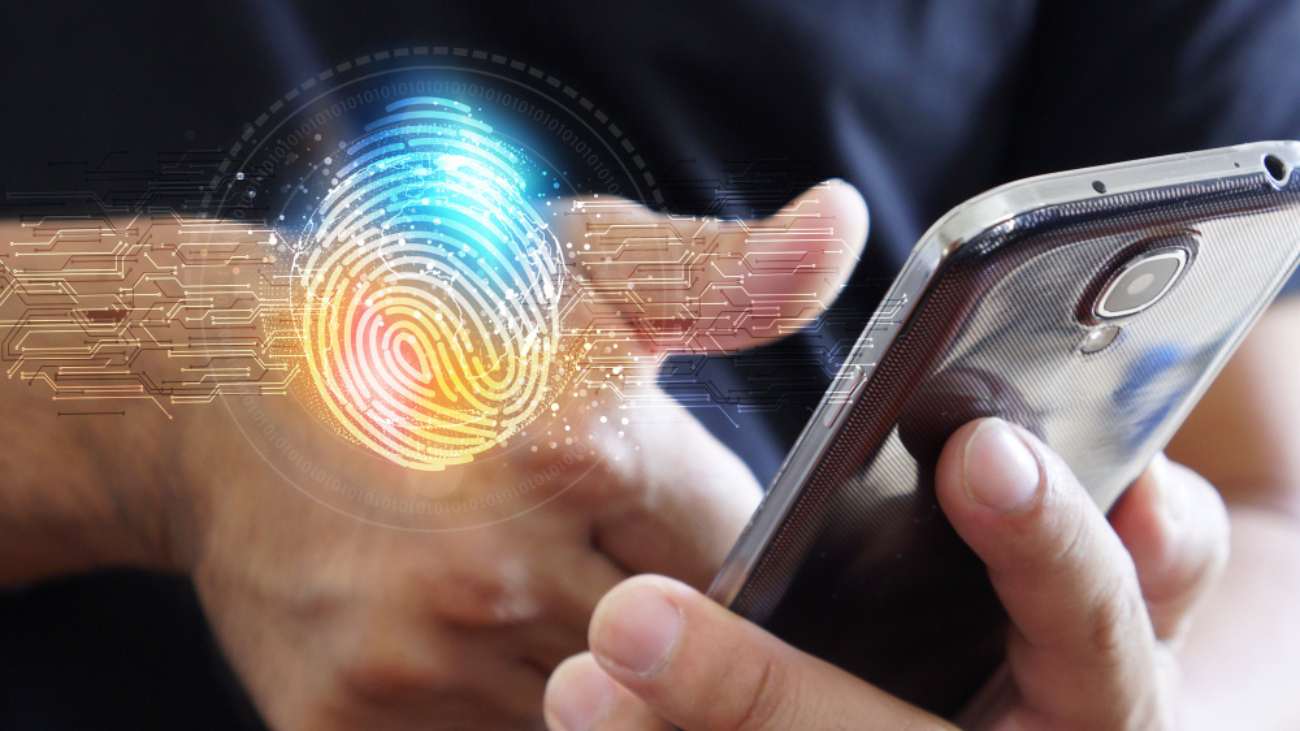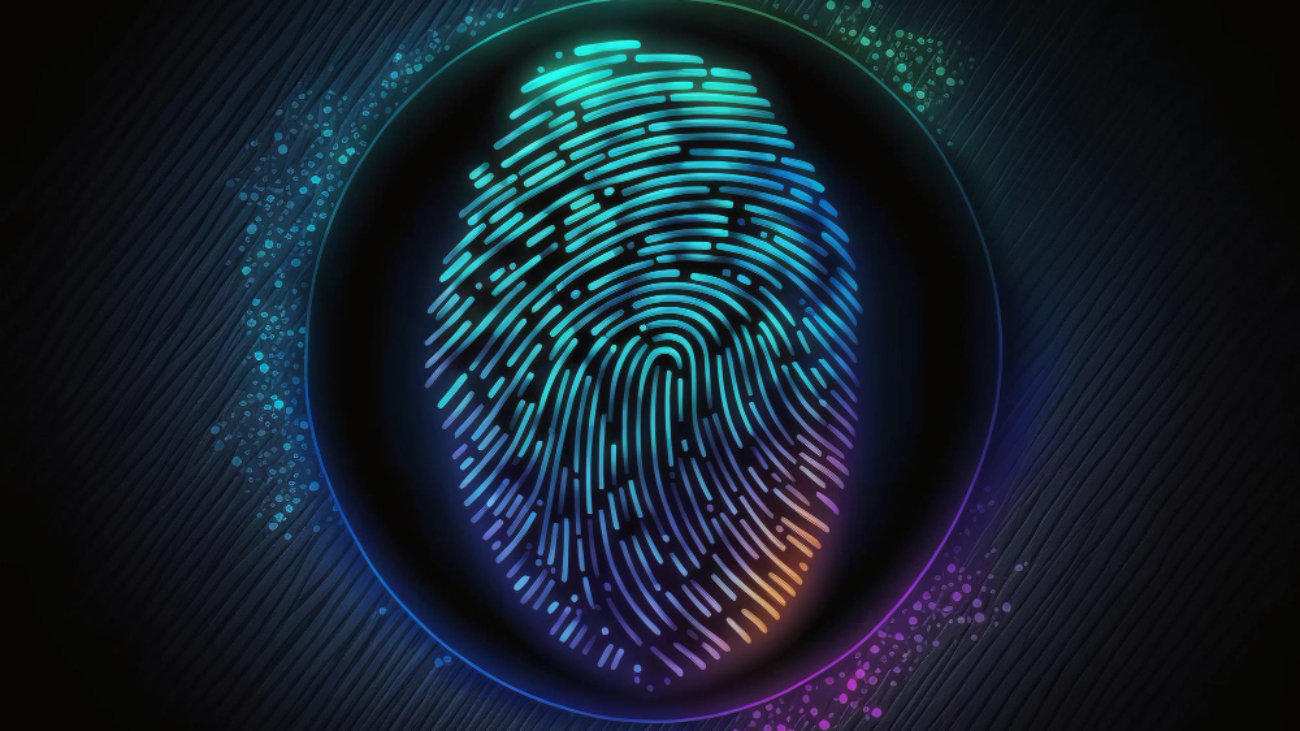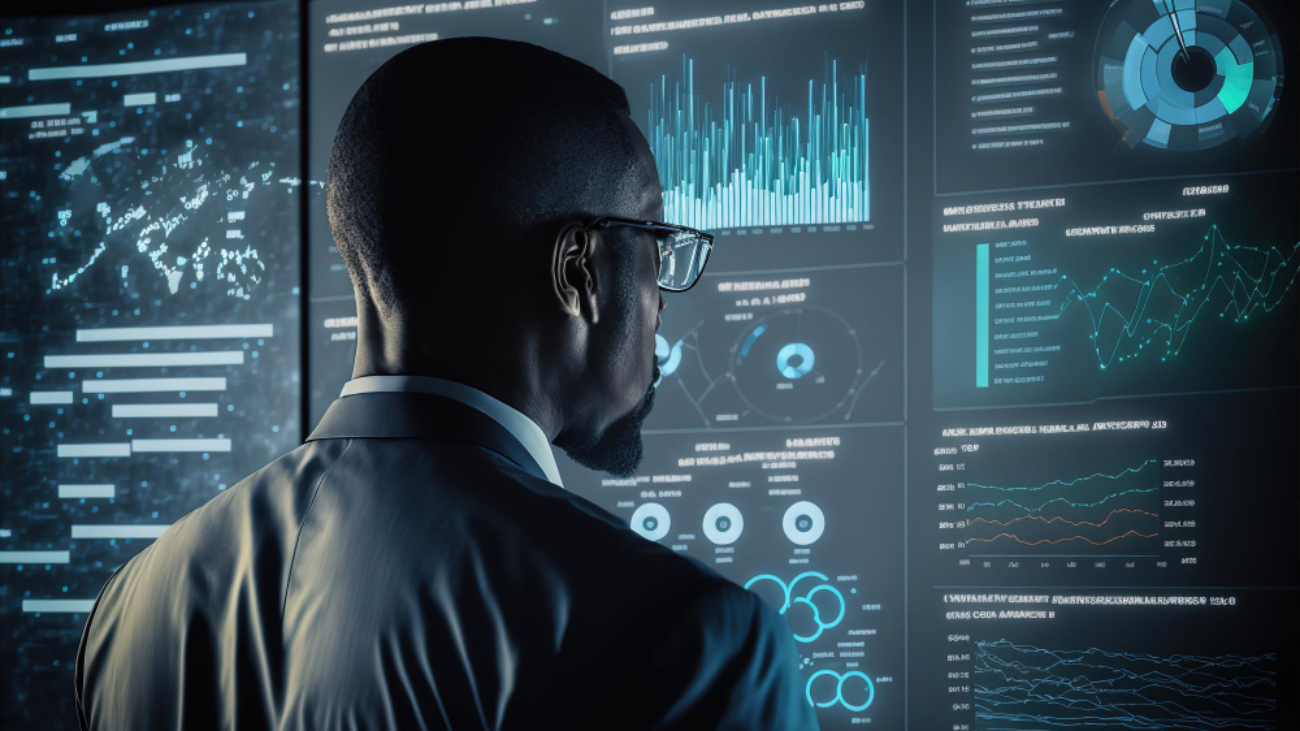Personal identity and security have become paramount concerns in our increasingly interconnected world stated Bahaa Abdul Hadi. As urban populations swell and anonymity increases, traditional password, and PIN-based security systems are proving inadequate. Biometric authentication promises a solution by linking access and identity to unique biological traits.
What is Biometric Authentication?
Biometric authentication utilizes unique human characteristics for verification. Traits like fingerprints, facial features, iris patterns, and voice recognition can all serve as powerful authentication factors. By combining biometrics with contextual data, systems can dynamically adapt security to provide convenience and protection.
Benefits over Traditional Security
- Convenience: No need to remember passwords or codes. Biometrics verify identity seamlessly.
- Security: Biometrics like fingerprints and iris scans are far harder to fake or replicate than passwords.
- Accuracy: Properly implemented, biometric systems have low false acceptance and rejection rates for legitimate users.
- Difficult to Share: Biometric traits are tied to individuals and cannot be shared or lost like codes.
- Non-Repudiation: Biometrics intrinsically link individuals to access and activities.
Applications in Urban Settings
Biometric authentication has numerous applications in crowded urban environments:
- Access Control: Office buildings, gyms, and residential buildings can all use biometrics for entry.
- Public Transit: Payments, tickets, and system access can leverage biometrics.
- Retail & Hospitality: Stores, restaurants, and hotels can biometrically recognize loyal customers and VIPs.
- Stadiums & Venues: Quickly authenticate ticketholders and monitor capacities.
- Law Enforcement: Identify persons of interest using facial recognition networks.
- Border Control: Travelers can be seamlessly verified using biometrics integrated with travel documents.
Implementing Biometric Systems
To successfully implement biometric authentication, several factors need consideration:
- Sensor quality – Hardware must be able to capture biometric data reliably, even on the move.
- Enrollment process – Users must have biometrics properly scanned and stored during registration.
- Matching algorithms – Software must be tuned to minimize false rejections of legitimate users.
- Database security – Biometric and personal data must be securely stored and encrypted.
- System integration – Biometrics systems should interface with existing IT infrastructure.
- Privacy regulations – Collection and use of biometrics data may face regulatory issues.
Exploring the Prospects of Urban Security
Biometric authentication is poised to transform security across urban environments. As sensors, AI matching, and data sharing improve, seamless biometrically-based identification will become commonplace. However, ensuring proper accuracy, security, and privacy will remain vital for successful widespread adoption. If implemented responsibly, biometrics promises a future where identity and access are conveniently and securely bound to the person.
Thank you for your interest in Bahaa Abdul Hadi blogs. For more information, please reach out to www.bahaaabdulhadi.com







